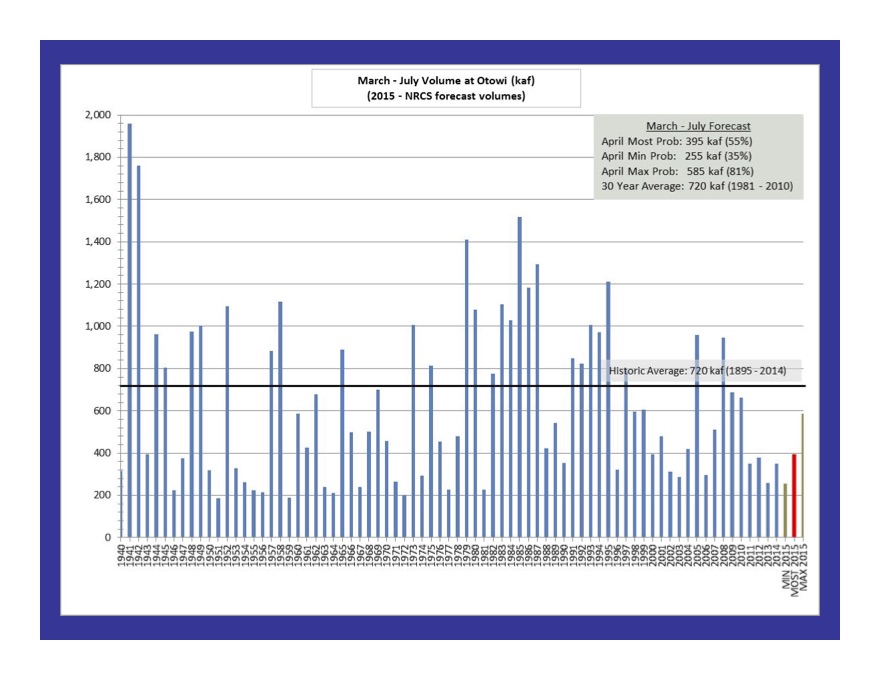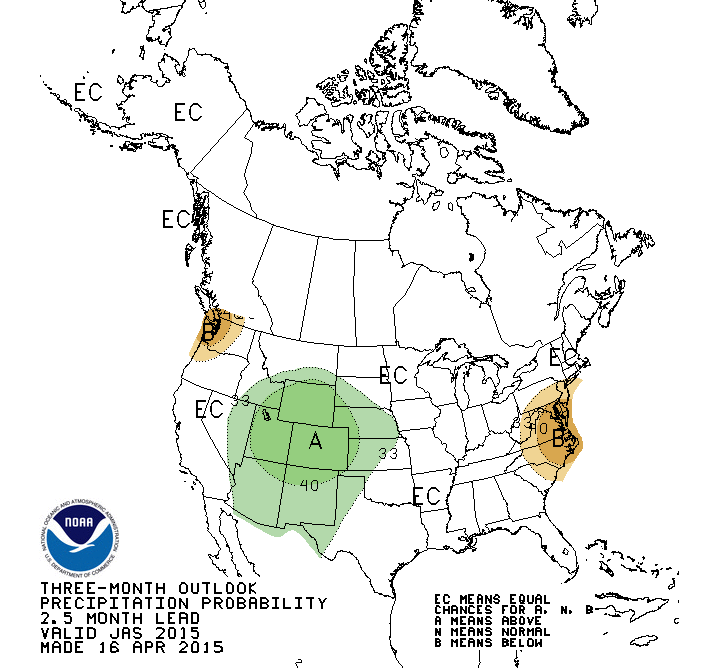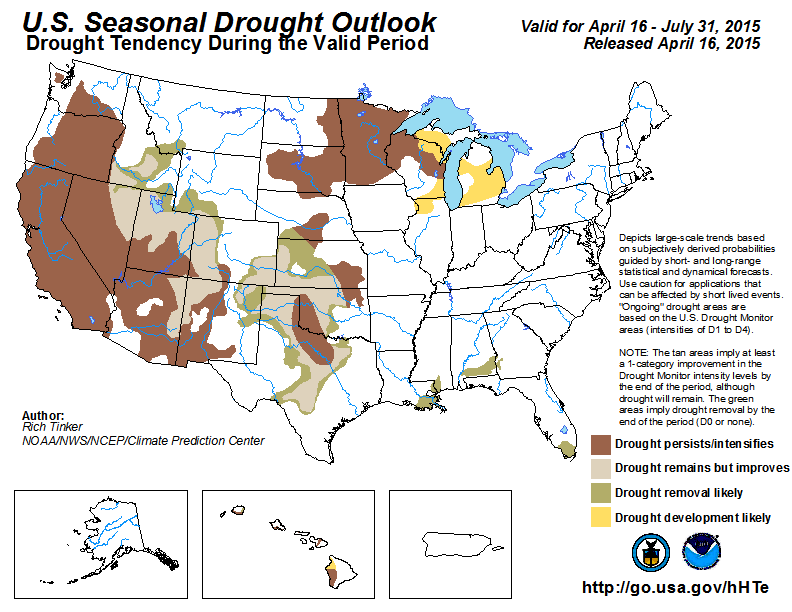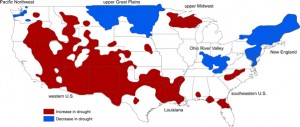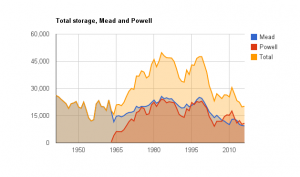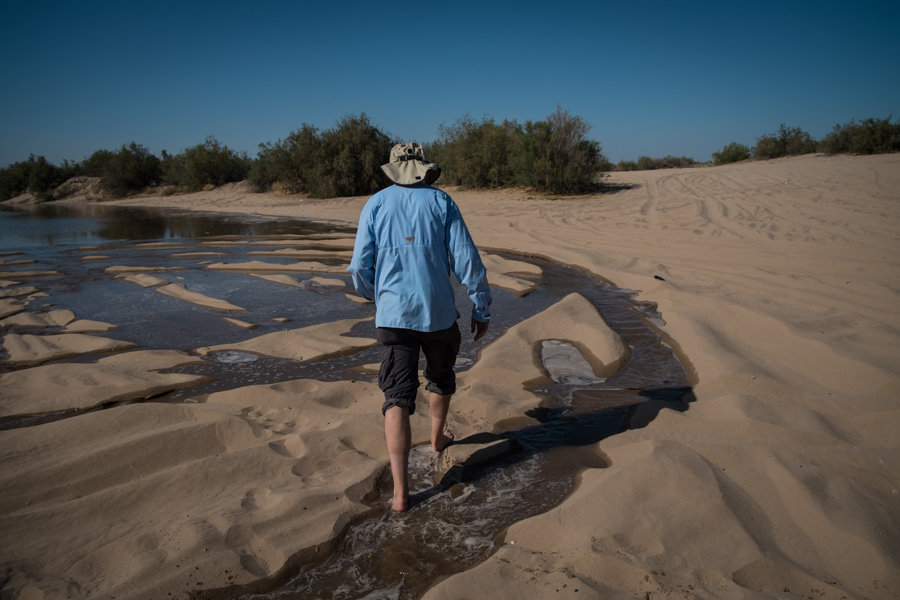I presume that the audience for this blog is, in significant measure, made of people who think a lot about water. Many of your are probably already familiar with Florida write Cynthia Barnett’s books, Mirage, and Blue Revolution
. For you, the news that Cynthia has a new book is self-recommending.
There’s so much good to say about Cynthia’s new book, Rain: A Natural and Cultural History, that it’s hard to know where to begin. Her history of the raincoat alone, or the people who measured rain, or forecast it, is delightful and makes the book worth the price of admission. Water nerds will love this book.
But let me write from my particular point of view, the tradecraft of someone who cannot read a book like this and not be at least a little distracted by the “how did she do that” part. (Cynthia’s Mirage, the story of Florida water, has been a model for me in my own work, explaining a place and its water, and she has been a kind and generous mentor as I negotiate the process of book-writing myself.)
Her seventh chapter, “Rain Follows the Plow”, tells the story of those who resolutely moved west across the Great Plains of North American in the 19th century, confident that rain would follow them into this arid landscape as they busted the sod:
Once the dutiful settlers broke up land with their plows…, rainfall could seep down, then return to the atmosphere overhead. The more soil cultivated, the ore moisture captured. More moisture, more evaporation. More evaporation, more rain.
“Rain follows the plow.”
The theory stuck like wet grass.
It was, of course, wrong.
It’s a story water nerds will find familiar, but Cynthia brings it a remarkable new life drawing on the letters of pioneer Uriah Oblinger, his wife Mattie, and family. For a time, their 160 acres of Nebraska soil did them well, but Mattie died in the birth of their fourth child. Until her death, it was a happy time, and a wet one, but it did not last:
In reality, dry was normal. But Mattie would never know it in the seven years she worked to build a life on the plains with Uriah and their three little girls. She died in childbirth in February 1880, along with their infant son. Uriah was left with nine-year old Ella, Stella, five, and Maggie, two.
That spring was dry; day-and-night different from the year Mattie had arrived on the plains. Uriah’s crops failed. He blamed himself as much as the lack of rain. “I hard know how to manage,” he wrote to Mattie’s parents in the fall, asking that they take one of the children. “I feel that it is not possible or right for me to go through another season as I have this one, for I cannot do justice to myself or family this way.”
The tradecraft is in a) finding a story as compelling as Uriah and Mattie’s, told through their old letters, and b) weaving the story so gracefully through the broader narrative of rain and drought on the plains. It’s full of narrative like this, stitching together a wonderful picture of the water falling from the sky that water nerds will love, but also the rest of us, people for whom water is just that unquestioningly beloved part of our lives.
I highly recommend this book.


